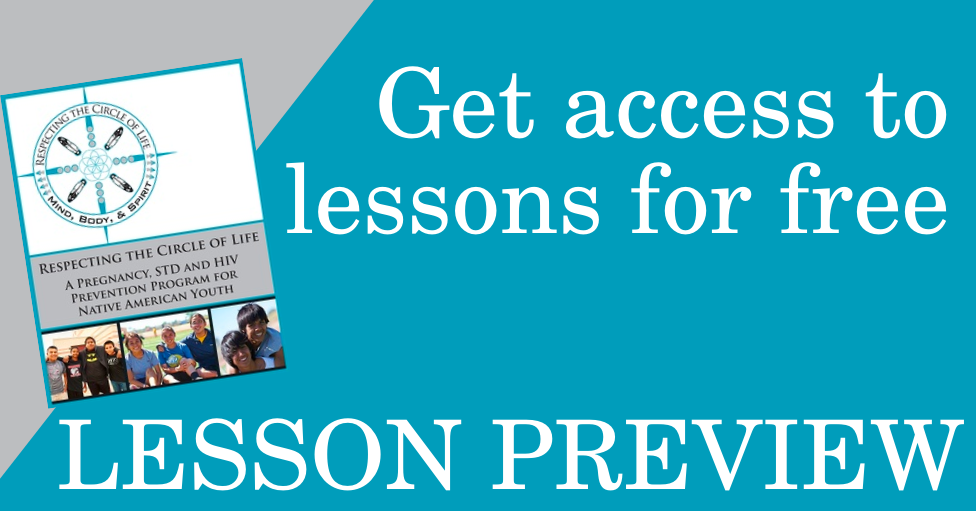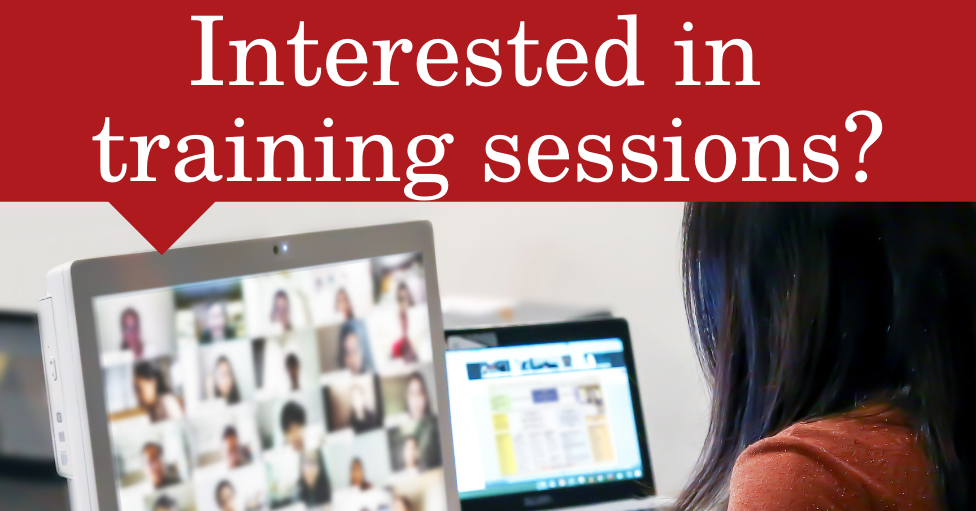Facilitation Skills
Group Facilitation
What is group facilitation?
Group facilitation is the art and science of managing group sessions and the group developmental process.
What makes a good facilitator?
Good facilitators create an environment in which group members share ideas, opinions, experiences, and expertise in order to achieve a common goal. Good facilitators possess a variety of qualities and skills. Some of the qualities spring from innate personality traits such as being able to recognize one’s own biases while remaining neutral, enjoying interaction with diverse groups, and inspiring trust among group members. Although some people possess a natural talent for facilitation, most develop their skills through formalized training, hands-on experience with groups, and guidance from experienced facilitators.
What are good facilitation skills?
Listed below are some basic skills that many people use when they facilitate groups. These are organized according to a theory of group development, which describes the evolution of groups from their beginning to their ultimate conclusion, and are based on the activities of successful group-level interventions.
- Establishing group orientation
- Getting the group acquainted
- Encouraging group participation
- Developing group structure
- Determining group interactions
- Managing group conflict
- Maintaining group agreements
- Setting group norms
- Building group cohesion
- Accomplishing group tasks
- Meeting group objectives
- Providing group closure
- Engaging group feedback and next steps
- Acknowledging group work and session wrap-up
- Time management
- Maintaining awareness of time allotted for activities
- Helping participants stay on topic
Tips on Facilitating and Co-Facilitating
- Make sure you have a comfortable, private space for the group to meet.
- Stand where everyone can see you. A circle or semicircle work well.
- Watch the time:
- Know how much time you want to devote to each activity.
- If conversations get off track, help guide youth back on task.
- Limit interruptions (phone calls, recreation center business, etc.).
- Be aware of your audience. Do they look bored? Do they need a break? Do they understand? Are they offended/scared/overwhelmed?
- Be FIRED UP!!! Attitude is everything! Keep your voice exciting, use body language, walk around when you talk—keep them listening!
- Get to know names of the youth and use them.
- Change names in activities if necessary. If a roleplay character is named “Jermaine,” and you have a Jermaine in your group, change the character’s name.
- Make sure everyone is participating. Don’t call on the same people all the time. Try to help more reserved youth join in the discussions.
- Integrate previous lessons when applicable. (Example: What else might Michael want to think about while he makes his decision? How about his values? Remember when we talked about values last week? How would values be important when you are making a decision?)
- Keep it interactive. Don’t lecture too much. For example, when discussing invulnerability, do not define it right away, instead ask the group participants to define it.
- When youth are in small groups, go around and check in with each group.
- Use examples often when explaining things.
- Define words (or have youth define them) as you go along.
- Use open-ended questions that encourage participants to provide more than “yes” or “no” answers. For example, questions that start with the words how, why, what, who, when, or where can trigger a response to enrich a discussion.
- Use statements that engage youth and encourage them to take part in discussion. For example, you might say, “That sounds interesting, tell us more about it.”
- Use positive and corrective feedback that provides a safe environment for youth to participate freely in open discussion. Positive feedback can come in forms of affirmative nods, smiles, or statements such as, “Thank you for sharing that experience with us.” Corrective feedback should be given as soon as incorrect information is given or an inappropriate behavior is shared with the group. The correct information or an alternative behavior or solution should be immediately offered.
- Always figure out what’s really being asked. Ask youth to clarify what they are saying when local phrases are being used.
- Allow anonymity for questions. By allowing youth to write down and submit questions anonymously, you encourage them to get answers that might be vital to their decisions about STI and pregnancy prevention behaviors.
- Be honest; don’t bluff. If you don’t know an answer, say so. Commit to finding it and getting back to the youth who asked the question. If you make a mistake, admit it.
- Create a “safe” climate for group participation. Be careful not to talk down to, judge/criticize, or trivialize the experiences and feelings of the youth. Don’t preach, although a little personal testimony may enhance the learning.
- Be open to suggestions and recommendations. Allow the youth to freely share how the group discussions or activities can be enhanced.
- Don’t quickly say, “We can only do it this way.” As the youth learn from you, learn from them. Be open and willing to try their ideas and suggestions.
- Remain flexible. If you don’t have time to finish a session, go overtime, add a session, or shorten some of the games. You don’t need to be rigid.
Tips on Managing Behavior
Behavior is a form of communication. When a youth misbehaves or breaks one of the rules agreed upon by the group, that youth is communicating something to the group and the facilitators.
The message could be anything, ranging from “I don’t understand the rule” to “I’m bored” to “This topic is embarrassing, and I have to move the focus off me” to “I’m being ignored, and I want more attention.” There are endless possible messages and numerous responses available to facilitators.
Here are some tips to ensure that the sessions stay on track.
1. Define Group Agreements.
- You and the group should define the Group Agreements everyone agrees to follow.
- These Group Agreements should help to guide behavior, and will give you a framework for addressing behaviors and consequences.
2. Provide reinforcements.
- Use frequent opportunities to reinforce youth for what they are doing RIGHT. In other words, catch them being good! Some youth may not be used to praise and might feel uncomfortable at first, especially if they get teased by other youth or interpret it as being singled out.
- Remember that praise can be given verbally, nonverbally, or tangibly (openly or discreetly).
- Verbal reinforcement:
- Youth can be verbally reinforced for behaviors or things they do: “That’s a good point.” “It was very considerate when you shared your materials.” “You must feel proud of yourself for getting such good grades.” “I really like the way you’re sitting—it shows that you’re paying attention.”
- Nonverbal reinforcement:
- Attention and recognition can be given in very subtle and unobtrusive ways. A look, a smile, or a handshake are all ways of acknowledging another individual without saying a word or calling attention to that person.
- Nonverbal reinforcement can be very useful if you notice that someone is beginning to drift from the group’s activities or needs to be brought back into the group. It is particularly effective for the second facilitator to use, since it doesn’t disrupt the verbal flow of the group or the material being presented by the other facilitator.
- You may choose to start off by pairing a nonverbal reinforcement with a verbal one (e.g., shake someone’s hand while saying, “I like the way you acted out that character in the roleplay”).
- Later, if you use just the nonverbal, the youth will be able to associate it with the verbal statement you made earlier.
- Tangible rewards:
- Some people like to use tangible rewards, such as candy, stickers, or paper tokens which can later be traded in for a small prize or special privilege.
- Consequences:
- Have youth participate in defining the consequences as well as the rewards for their actions. That way, no one will be surprised when a consequence is implemented.
- Make sure that consequences are reasonable. Youth tend to be very strict with themselves when talking about consequences in more abstract terms.
3. Give clear instructions.
- Instructions are ways of letting youth know what you expect of them. They are most effective if they have been discussed beforehand, so that everyone knows the expectations.
- Instructions should be short and to the point. Young people are more likely to follow rules that they understand, so be brief and to the point.
- Always remember to reinforce a youth for following your instructions.
4. Sometimes ignore behavior.
- Sometimes, the most effective thing to do is simply to ignore certain behaviors. If a youth is doing something that is relatively harmless to the group process, ignore it, and reinforce someone else in the group for something they are doing right.
- Continue to monitor the first youth’s behavior. As soon as they do something right, reinforce what was just done.
- Do not get into a power struggle with youth. You are the adult and the person in charge, so you always have options. There is never a need to put a youth down.
5. Plan and take breaks.
- Plan to take a break about halfway through the session. An hour and a half can be a very long time to sit in a group, especially if youth have already been sitting in a classroom all day long.
- Usually, it works well to provide snacks during the break, so that snacks become reinforcers for having accomplished the tasks of the first half of the session.
- The group’s behavior may indicate they are ready for a break before the planned time, especially if they are feeling tired, bored, or lacking energy.
- Sometimes, a youth may ask for a break. If you think it is a reasonable request, reinforce that youth for being self-aware and give the group a minute to stretch.
6. Ask for feedback.
- Be open to feedback and attentive to what your audience is telling you.
- Youth may have suggestions about activities, preferences, and dislikes, which may actually make the group more enjoyable for everyone.
7. Provide positive limit setting.
- Part of establishing autonomy is testing limits. Know that youth may be likely to test your limits.
- Try to remain positive. There are so many Don’ts in the world, especially for youth, so try to emphasize the Do’s.
- For example, when youth are first defining the rules of the group, help them phrase things in a positive way: “I will respect the opinions of other members of the group,” rather than negatively: “No making fun of other people’s opinions.”
8. Take a youth aside when necessary.
- Sometimes, you may notice that a youth is preoccupied or withdrawn, or acting out in an uncharacteristic way. Without reinforcing the behavior, you still have the option to take that youth aside to talk individually while the other facilitator continues to work with the rest of the group.
- This method may be the best way to get at what is on the youth’s mind, and may be quite relevant to something being discussed in that session.
- Make yourself available to talk after the session, if necessary.
- Coordinate with the other facilitator beforehand so you both understand what is taking place when you walk out of the room with a youth and leave the other facilitator alone with the group for a while.
Using Instructions and What to Do if They’re Not Followed
- State your instruction clearly and succinctly: “Please sit down.”
- If necessary, state your instruction a second time, followed by a statement of the consequence for noncompliance: “Please sit down. If you don’t sit down, I will stop the video.”
- If the group member complies, reinforce them for following the Group Agreements: “Thank you.”
- If the group member does not comply, follow through on the consequence: Stop the video. Then, give the instruction again: “Please sit down.”
- If the group member complies this time, reinforce them and continue with the activity.
- If the group member does not comply, let them know the consequence: “Please sit down. If you do not sit down, you will have to step out for 5 minutes.”
- If the group member does not comply enforce the consequence: “You need to step out for 5 minutes.”
- Continue the activity with the rest of the group.
- Make sure that consequences are reasonable and match the degree of the misbehavior.
- Never state a consequence that you aren’t willing to follow through on. It will put you in a corner and detract from your credibility
- Site Managers should be onsite during the peer group sessions and can help to mitigate behavioral issues.
Instead of Discipline
- Suggest a way to be helpful.
- “Instead of playing with the paper, I’d like you to help me collect everyone’s papers.”
- Express your feelings strongly, without criticizing character.
- “I’m upset that I am constantly interrupted, and I can’t finish telling this story.”
- Say what you expect
- “I expect that group members will express their thoughts to the whole group rather than carry on private conversations.”
- Suggest ways to correct the situation.
- “The popcorn scattered all over the floor will need to be picked up before we go on to the next activity.”
- Offer a choice.
- “You can either remain in your seat and participate, or you can leave the room until we’ve completed the discussion.”
- Problem solve.
- “How can we make sure that no more juice gets spilled?”
- Choose appropriate consequences and take action.
- “Since the group is not following directions, we will stop this video.”
- Allow the group members to experience consequences. Don’t try to protect them from discomfort.
- “Since you are unable to stop disrupting the group, you need to step out for the next 5 minutes.”


